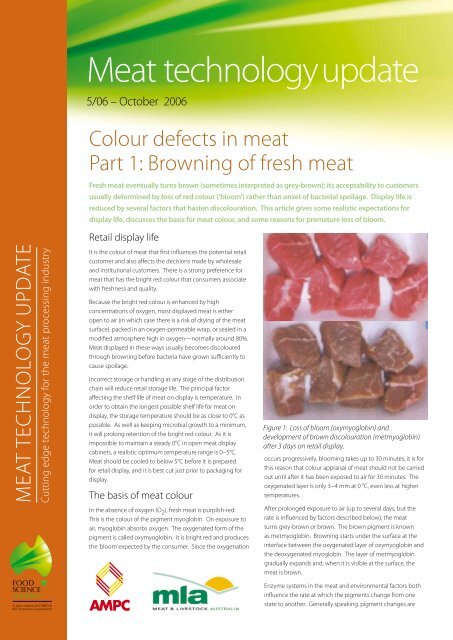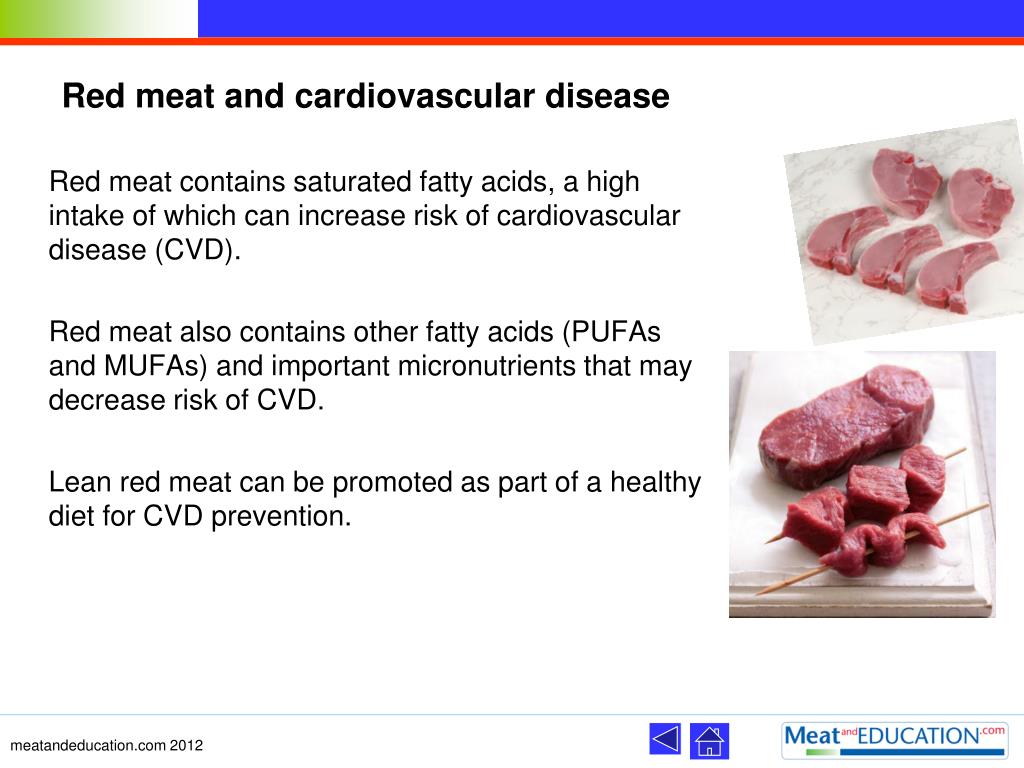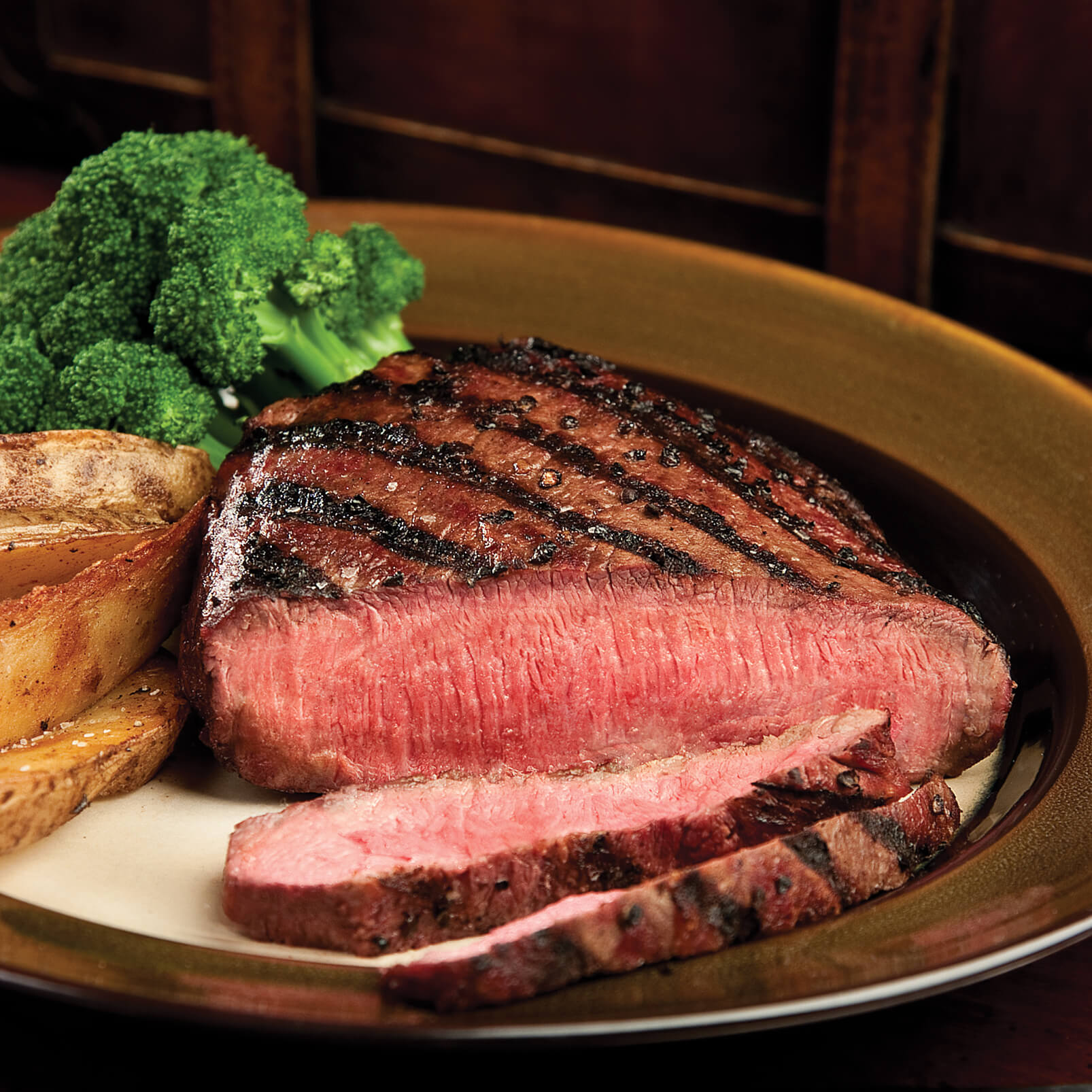The More Marbling In Red Meat Is Equivalent To
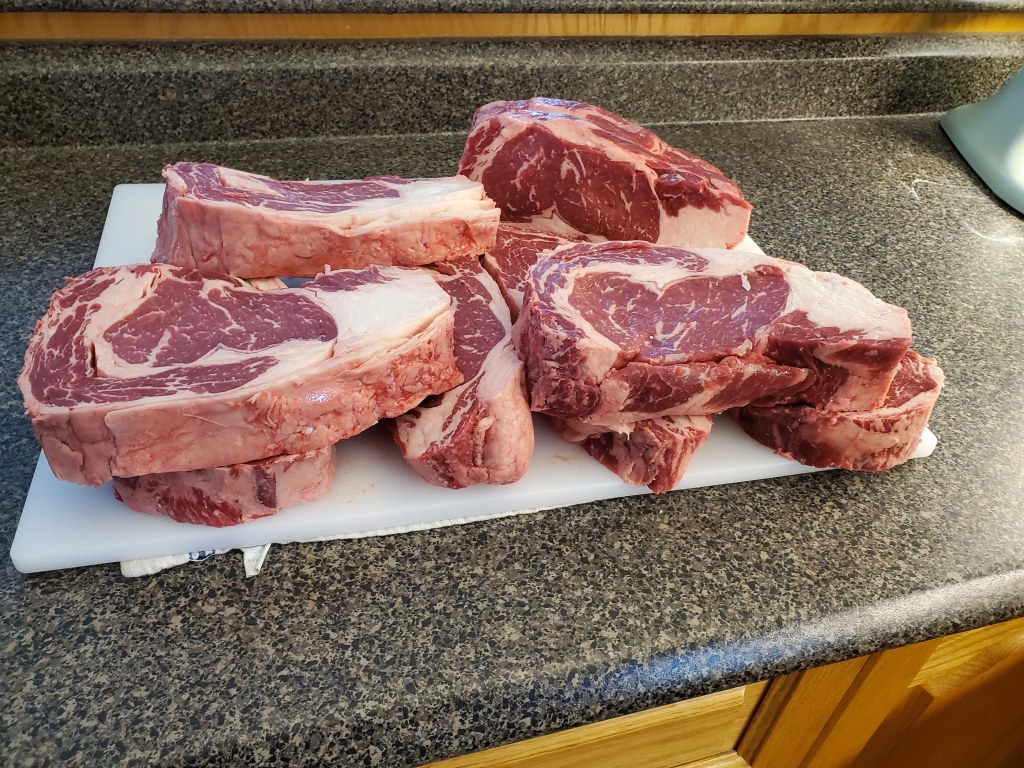
Increased tenderness of the cut.
The more marbling in red meat is equivalent to. The leanest cuts are the sirloin rib chop loin chop and top round. Subcutaneous adipocytes are more commonly known as backfat. Which of the following affect tenderness flavor cook losses and yield in the quality evaluation of meat. Increased tenderness of the cut.
Muscle composition of red meat contains. This is fairly intuitive since you can imagine how difficult it would be to get fat by eating grass. The more marbling in red meat is equivalent to. Marbling is the white flecks of intramuscular fat in meat most notably red meat.
The most marbled cuts come from the loin where the muscles were not heavily worked. Intramuscular adipocytes are more commonly known as marbling fat and are visible as the lines between sections of beef tissue or the red. Like i said earlier some breeds are more inclined to marbling than others. Marbling affects meat s juiciness tenderness texture and flavor attributes that determine eating experience in this case more of all the above is better.
These factors include carcass maturity firmness texture and color of lean and the amount and distribution of marbling within the lean. Increased tenderness of the cut. Beef that is given a higher grade is usually from younger cattle and has more fat marbling. The most lean and least marbled cuts tend to come from the legs shoulder and rump where the muscles get a lot of exercise and result in much leaner cuts.
The fat in lean muscle creates a marble pattern hence the name. While a little higher in cholesterol than beef veal is a tender red meat that comes from young cattle. Marbling intramuscular fat is the intermingling or dispersion of fat within the lean. Graders evaluate the amount and distribution of marbling in the ribeye muscle at the cut surface after the carcass has been ribbed between the 12th and 13th ribs.
No change in the tenderness of the cut. More fat around the outside edges of the cut. The beef grading system developed by the united states department of agriculture is a voluntary grading system based on the meat s maturity and level of fat marbling these two factors are indicators of the beef s tenderness. The more marbling in red meat is equivalent to.
Decreased tenderness of the cut. Degree of marbling is the primary determination of quality grade. A quality grade is a composite evaluation of factors that affect palatability of meat tenderness juiciness and flavor. Tap card to see definition.
A5 wagyu from kagoshima japan. Marbling is fat so it is largely determined by the diet of the animal and to a certain degree the breed of cattle. Cattle that are raised on grain will have more marbling than grass fed beef.
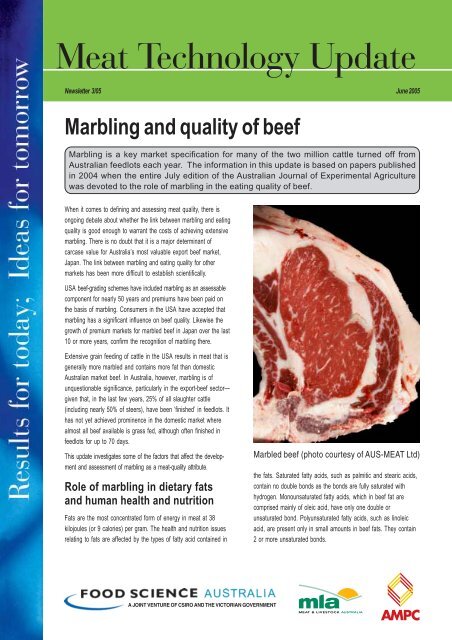
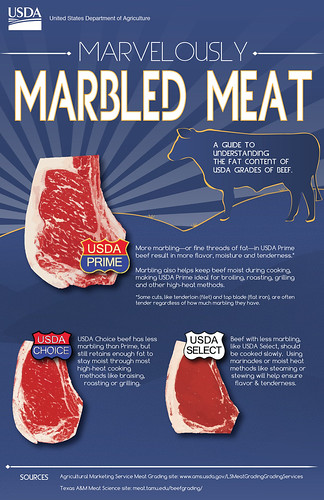
/arc-anglerfish-tgam-prod-tgam.s3.amazonaws.com/public/U6PU5BA5GBEANOR3UW7BWMWZ34.JPG)



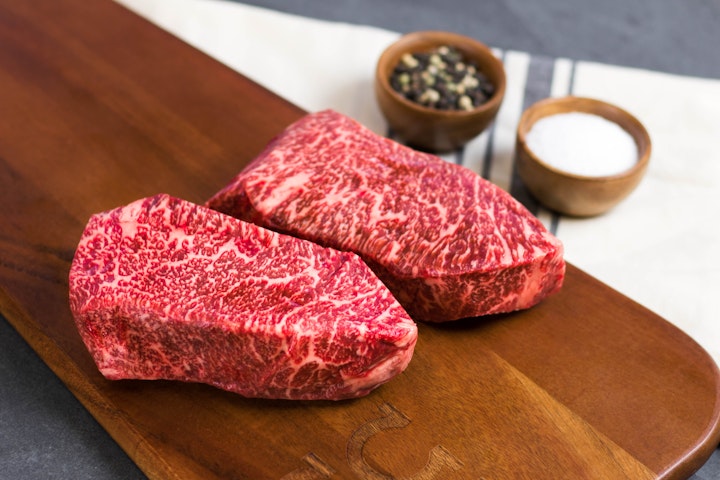




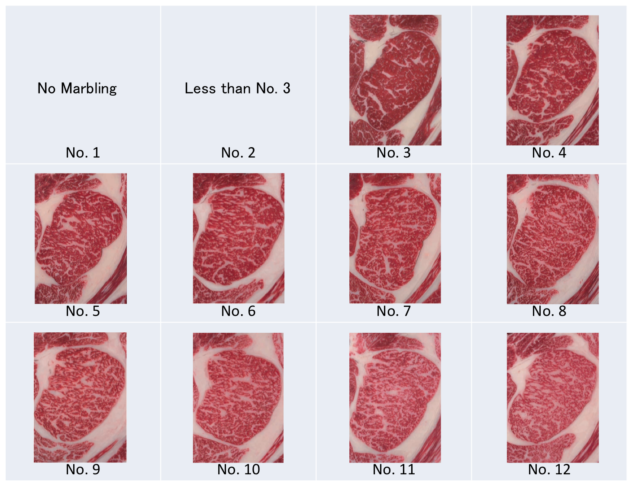





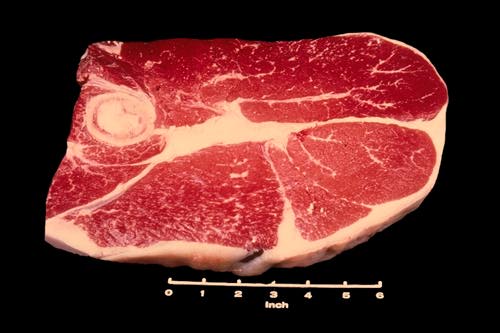
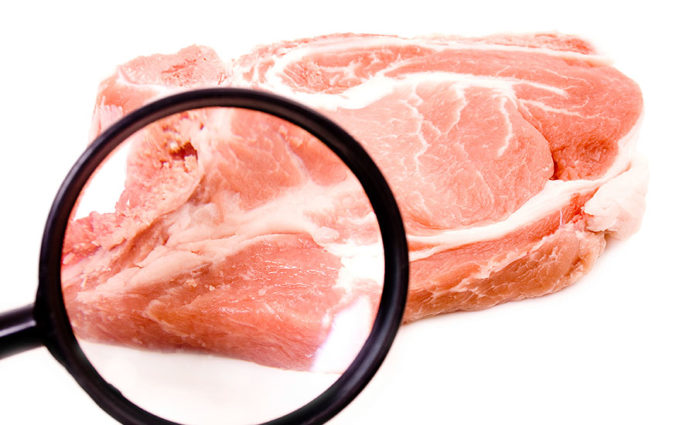

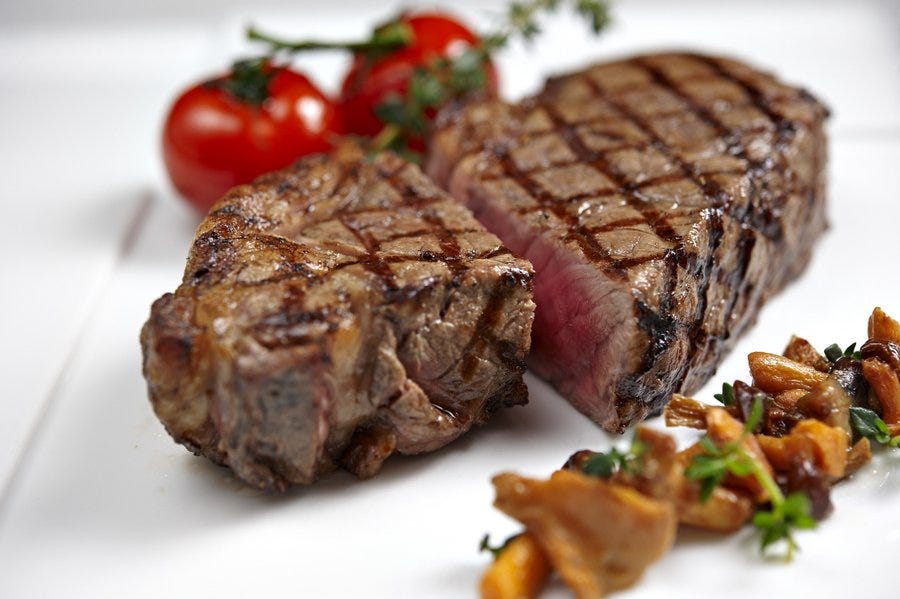


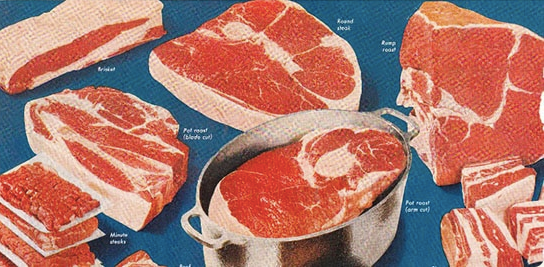

:max_bytes(150000):strip_icc()/ribeye_photo_by_Lindsay_Kreighbaum_crop-bd3c8d4bbd854055adeff5bf57ca9d85.jpg)









